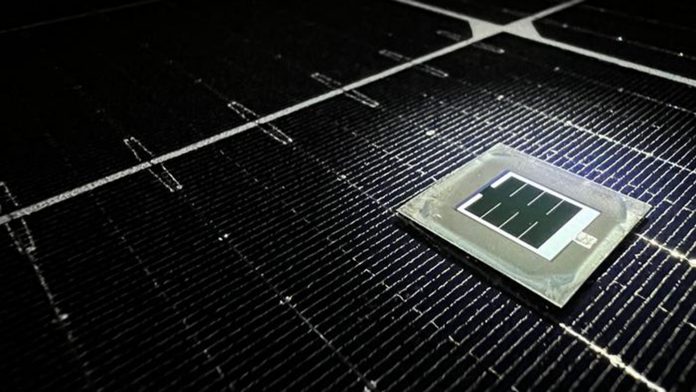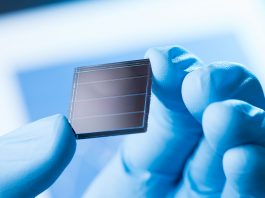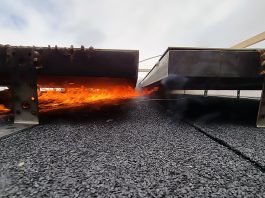KAUST researchers have unveiled a roadmap for bringing perovskite/silicon tandem solar cells to market.
Tandem solar cells could pave the way for a future powered by abundant, inexpensive, clean energy in Saudi Arabia and the world.
The team is also working on improving solar efficiency to meet Saudi Arabia’s solar targets.
The research, ‘Pathways toward commercial perovskite/silicon tandem photovoltaics,’ is published in Science.
Combining the strength of materials to create efficiency records
Perovskite/silicon tandem solar cells combine the strengths of two materials – perovskite’s efficient light absorption and silicon’s long-term stability – to achieve record-breaking efficiency.
Introduced in 2013, initial perovskite/silicon tandem cells exhibited a modest performance. However, through relentless research and development efforts, perovskite/silicon tandem solar cells have now achieved certified power conversion efficiencies exceeding 33% for laboratory-scale devices, which is now higher than the theoretical limit of any single–junction cell technology.
With a demonstrated high-efficiency potential and prospects for further enhancements, perovskite/silicon tandems have now entered the path toward commercialisation.
In 2023, the De Wolf laboratory reported two world records for power conversion efficiency, with five achieved globally in the same year, showing rapid progress in perovskite/silicon tandem technology.
However, translating laboratory success to real-world application requires careful consideration. The paper outlines key challenges and proposes solutions for commercialisation.
Commercialising tandem solar cells: Challenges and solutions
Amongst these is the consideration of real-world conditions, like variable temperature and sunlight. The authors suggest geographical testing – akin to personalised medicine for solar cells – to optimise performance for specific locations.
Another consideration is accelerated stability testing. The deployed tandem solar cells must have a lifespan that lasts decades.
Accordingly, tests that compress years of wear and tear into a much shorter timeframe are necessary. Understanding degradation rates is crucial for setting competitive prices and warranties.
Finally, current manufacturing processes involve high material costs and potentially dangerous chemicals that may require costly safety precautions.
The paper proposes paradigms for both monolithic and mechanically stacked tandem production lines to identify cost-reduction opportunities.
“The market for perovskite/silicon tandem solar cells is expected to exceed $10 billion within a decade,” said Professor Stefaan De Wolf, who led the research.
“KAUST is at the forefront of this revolution, laying the groundwork for affordable, accessible, clean energy for all.”
The breakthrough research at KAUST on perovskite/silicon tandem photovoltaics exemplifies the University’s commitment to developing green technologies that advance carbon-free policies and secure a sustainable future.









